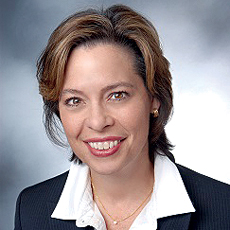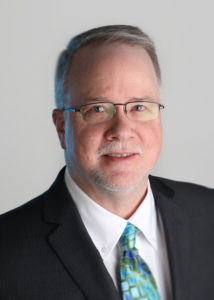More than 2,000 providers have formally weighed in on a proposed 4.6% cut to the Patient Driven Payment Model, many of them urging the Centers for Medicare & Medicaid Services to shift its strategy.
“The stakes are very high — if CMS imposes this cut entirely in one year, it could cut the legs out from under the nursing facilities,” said Cynthia Morton, executive vice president of the National Association for the Support of Long Term Care. “We also do not know what is around the corner with another threat.”
CMS last April announced that it intended to recalibrate PDPM’s parity adjustment to account for unintentional overpayments. The agency had found that aggregate spending under the new model increased by $1.7 billion when compared to what it would have paid SNFs under the old Resource Utilization Group model. Providers, however, have noted that much of that additional spending could be connected to COVID-19, which started just months after the payment model transition.
The agency is taking comments on the matter through June 10, giving providers a chance to offer feedback. Many are warning CMS about potentially dire outcomes if the 4.6% adjustment is made all at once in fiscal year 2023.

Morton noted that last year there were 344 comments posted for fiscal year 2022 Skilled Nursing Facilities Prospective Payment System proposed rule and just 48 comments ahead of the 2021 SNF PPS proposed rule.
With more than 10 days to go during the comment period for 2023, more than 2,100 comments had been posted to the Federal Register by Monday night. Providers, it appears, are meeting Morton’s expectations.
“I feel that stakeholders are going to come out in force and express their views to CMS regarding the policies CMS proposed,” she told McKnight’s Long-Term Care News Friday.
Three-year phase in
The question is whether the agency will heed the warnings of the provider community, of which many members are calling for a phase in of cuts over the course of the next three years.
“A phase in spreads out the cut so that it can be balanced against the market basket increase and therefore over time helps to mitigate the loss in reimbursement,” Morton said. “It’s been widely reported that the costs have increased for most parts of our economy and nursing facilities are not immune from that. I am hopeful that CMS will change course from what they proposed and phase in the parity adjustment.”
Robin Hillier, a reimbursement expert and president of RLH Consulting, said she believes CMS truly wanted to hear from providers firsthand about the challenges we face trying to recover from the pandemic.
“I think they would not have invited comments if they were completely committed to a full implementation this year,” Hillier told McKnight’s Friday. “I think there is a possibility of influencing the final rule by giving CMS a vivid picture of the historic staffing crisis we are facing and the financial impact we are continuing to experience.”
Hillier said it’s important for providers to include in their pay rule comments how precarious their financial situations continue to be as they endure significantly higher staffing costs and inflation in other areas.
“The profession has experienced significant cost increases already in 2022, which will not be reported to CMS for another year” due to a lag in cost-report data, Hillier said. “So, it is important for providers to respond to the proposed rule with specific information about their current financial challenges and how the parity adjustment would exacerbate the problem if implemented all at once.”
Will CMS listen?
Other providers have weighed in with comments regarding the increasingly complex needs of their patients, which could also undermine CMS’s argument that pay increased sector-wide only because of the payment model. Some operators have insisted that their COVID-positive patients, combined with lower occupancy due to home care referrals, means the patients they do have are sicker than in pre-PDPM years.

“I really hope that CMS takes that into consideration in order to allow providers to continue to get back on their feet financially,” said Brian Ellsworth, vice president for public policy and payment transformation at Health Dimensions Group.
“In many markets, we are seeing accelerating wage rates and increased use of agency nurses,” he told McKnight’s on Friday. “A more accurate projection of inflation could help offset the effects of the parity adjustment, especially if that adjustment is spread out over several years.”
Both Hillier and Morton were hopeful that CMS will take providers’ opinions into account and that would be reflected in the final rule once it’s released.
“Despite what people may think, CMS is responsive and can change course,” Morton said.
Hillier explained that CMS does change course based on public comments, often on routine, technical issues that may not have been of interest to most providers. Providers have also been successful in impacting significant proposals through public comment, she said.




